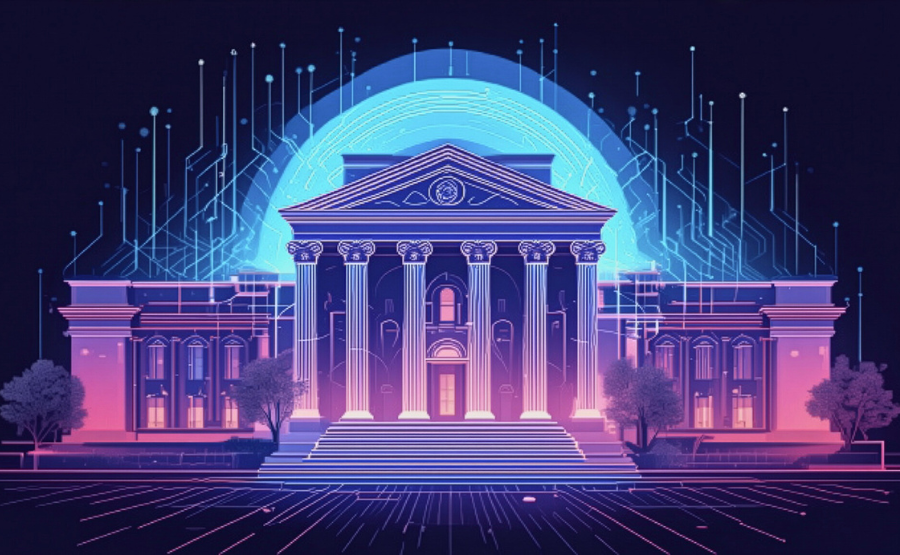Data & AI for Public Sector and Non-Profit Organizations
Leveraging the power of Data and AI to drive efficient operations, improve decision making and enhance policy-making in public sector and non-profit organizations.
Impact of Data & AI in the public sector and non-profit organizations
Public Finance Battle
Challenges
Data & AI solutions
Economic Development Battle
Challenges
Data & AI solutions
Human & Social Development Battle
Challenges
Data & AI solutions
City & Citizen Services Battle
Challenges
Data & AI solutions
The Judiciary, Safety & Security Battle
Challenges
Data & AI solutions
Client Cases in Public Sector
Our expert contents about the Public Sector
We are data, AI and digital experts sharing our insights and latest market updates about the public sector.











